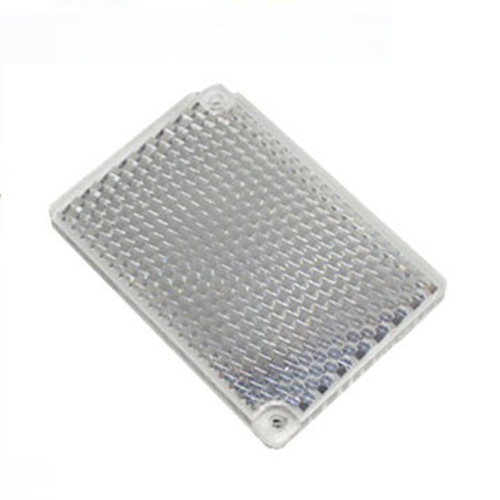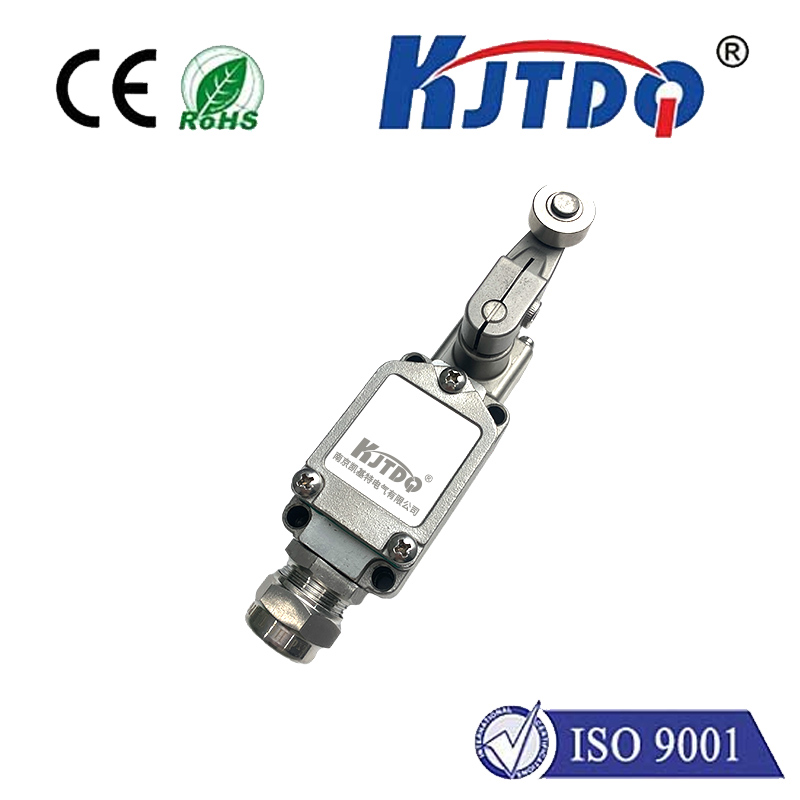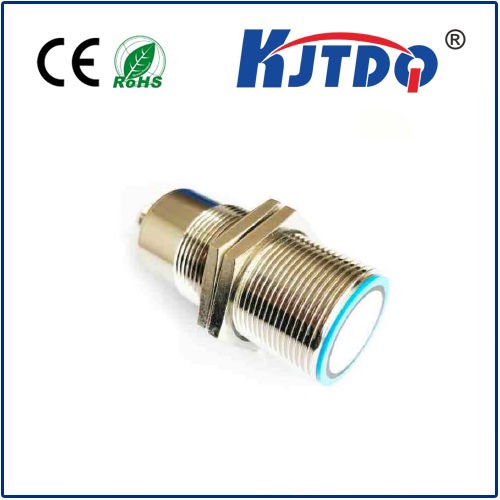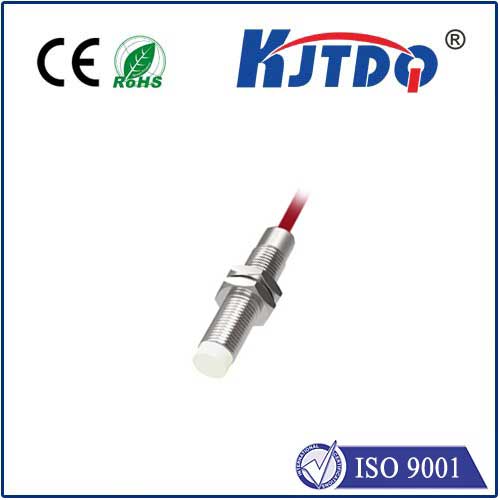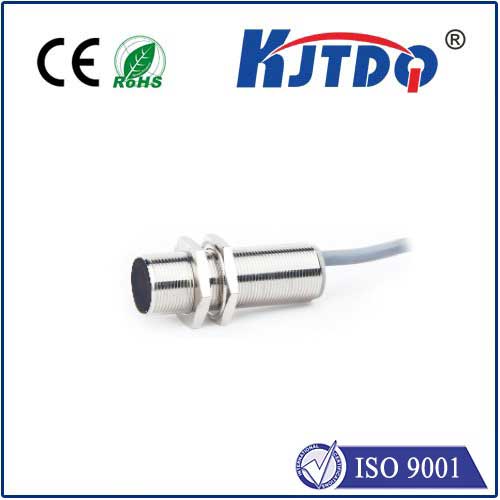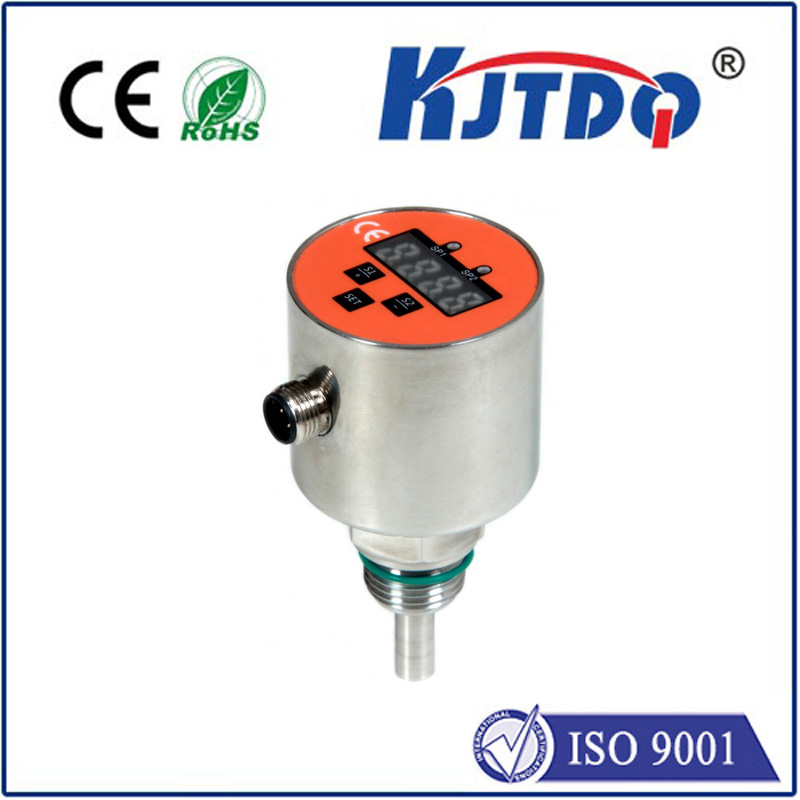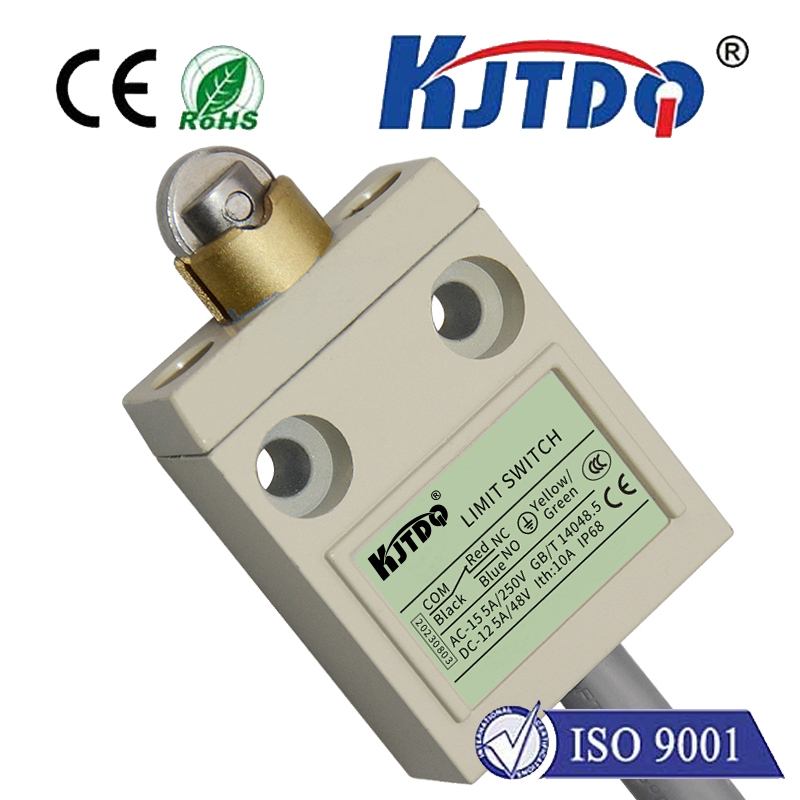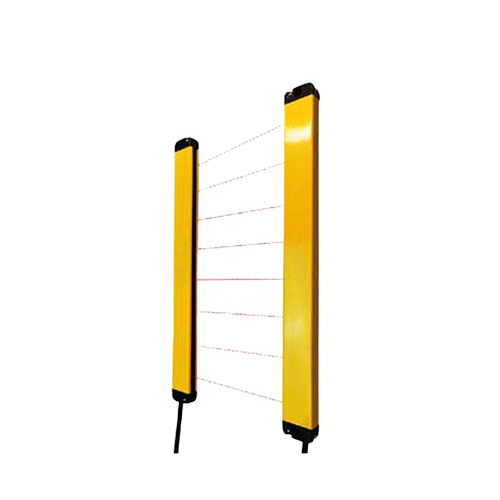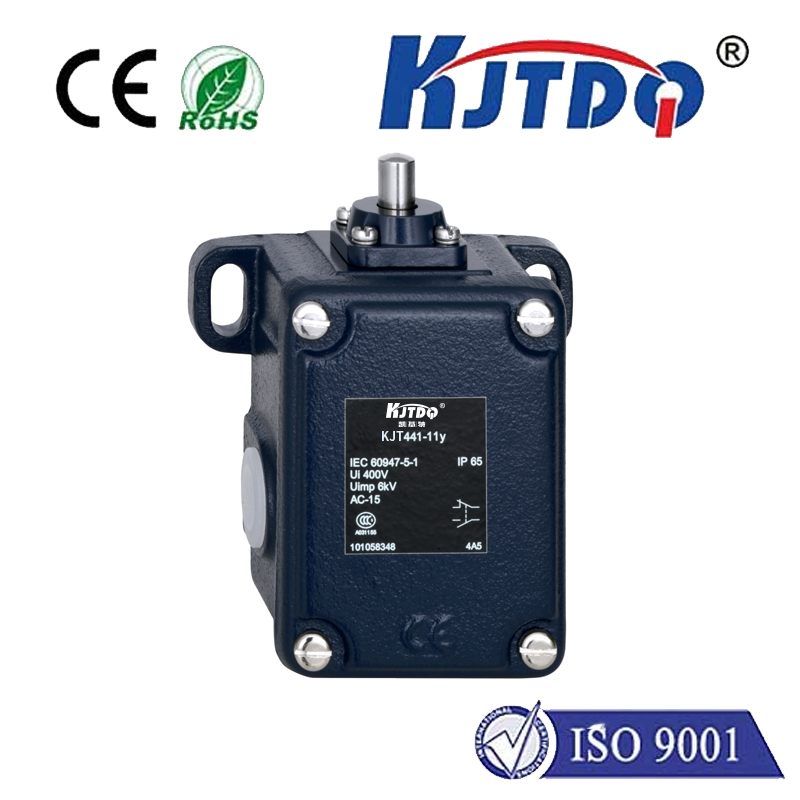60tx01 limit switch
- time:2025-08-01 09:49:17
- Click:0
60TX01 Limit Switch: Ensuring Precision and Safety in Automated Systems
Imagine a robotic arm gracefully welding a car chassis, a conveyor belt halting precisely at the packaging station, or a safety gate preventing access to a dangerous machine cycle. While the machinery itself captures attention, it’s often the unassuming, reliable components acting behind the scenes that make such feats of precision and safety possible. Among these vital components, the limit switch stands as a fundamental control device. And within this category, the 60TX01 limit switch has established itself as a workhorse in countless industrial applications. This article delves into the significance, functionality, and key attributes of the 60TX01 limit switch, highlighting its role in modern automation.
The Essential Role of Limit Switches
At its core, a limit switch is an electromechanical device designed to detect the presence or absence of an object, or to monitor movement limits within a system. It acts as a translator between the physical world and an electrical control circuit. When an actuator, cam, or target object physically interacts with the switch’s operator head (the part designed for contact), it triggers a change in the switch’s internal electrical contacts. This change – typically opening or closing a circuit – sends a signal to a controller (like a PLC or relay), prompting actions such as:
- Stopping Motion: Halting a motor when a moving part reaches its end-of-travel position.
- Initiating Action: Starting a sequence when an object is detected in position.
- Providing Position Feedback: Confirming the location of a component to a control system.
- Enabling Safety Functions: Acting as an interlock to prevent machine operation unless guards are closed or personnel are clear.
Introducing the 60TX01: Rugged Reliability

The 60TX01 model represents a specific iteration within a broader family of industrial limit switches, typically characterized by robust construction suited for demanding environments. While specifications can sometimes vary slightly by manufacturer, the designation “60TX01” commonly implies a set of standard features:
- Heavy-Duty Construction: Built to withstand the rigors of industrial settings – vibration, shock, dust, moisture, and accidental impacts. The housing is often made of durable metal or high-grade engineering plastic.
- Standardized Form Factor: The “TX” designation frequently points to a widely adopted and compact form factor, making it versatile and easy to integrate into various machine designs. Its reliability and standardized mounting make it a go-to choice.
- Operator Head Options: The “01” suffix often indicates a specific operator type. Common types include:
- Roller Lever: Ideal for detecting objects moving perpendicular to the lever with low operating force.
- Plunger (or Push Rod): Activated by direct linear force along the plunger axis.
- Wobble Stick (Flexible Arm): Detects objects from multiple angles, useful for irregular shapes or misalignment. The specific operator head defines the physical interaction mechanism.
- Electrical Contact Configurations: Available in various contact arrangements (SPST, SPDT, DPST, DPDT – Single/Double Pole, Single/Double Throw) to suit different circuit control needs (Normally Open, Normally Closed, or combinations).
- Environmental Protection: Typically rated with ingress protection codes like IP65 or IP67, meaning it offers significant resistance to dust and water jets or temporary immersion, respectively. This is crucial for washing down environments or areas with significant airborne particulates.
- Fast-Acting Contacts: Designed for snap-action switching, ensuring quick, clean opening and closing of circuits for reliable signal transmission without arcing or bouncing.
Where the 60TX01 Shines: Key Applications
The versatility and ruggedness of the 60TX01 limit switch make it indispensable across numerous sectors:
- Material Handling: Monitoring position on conveyors, elevators, automated storage & retrieval systems (AS/RS), and palletizers. Detecting pallets or packages at transfer points.
- Packaging Machinery: Ensuring cartons or bottles are correctly positioned for filling, capping, labeling, or sealing. Verifying gate positions.
- Machine Tools: Setting travel limits on milling machines, lathes, presses, and CNC equipment for axis positioning and safety interlocks on guards.
- Automotive Assembly Lines: Controlling robots’ end-of-travel, verifying door or hood positions on fixtures, and confirming component presence.
- Industrial Doors & Gates: Detecting open/closed status for security and automation control.
- Agriculture & Construction Equipment: Monitoring implement positions, boom angles, or level limits on heavy machinery.
Installation and Best Practices
While inherently robust, the long-term reliability of any limit switch, including the 60TX01, depends significantly on correct installation and adjustment:
- Secure Mounting: Ensure the switch body is firmly attached to a stable surface using appropriate hardware to minimize vibration-induced stress or misalignment.
- Precise Actuator Positioning: Adjust the actuator’s position relative to the target object meticulously. The target should engage the operator head correctly – typically in the middle of its travel – to avoid over-travel (which can damage the switch) or under-travel (which might prevent switching).
- Consider Operating Environment: Choose the appropriate operator head for the application (e.g., roller lever for sliding objects, plunger for direct hits). Ensure the IP rating is suitable for ambient conditions (dust, moisture, chemicals).
- Regular Inspection: Periodically check for physical damage, buildup of debris that could impede operation, and security of mounting hardware and electrical connections.
- Respect Operating Specs: Adhere to the manufacturer’s specifications for electrical ratings (voltage, current), operating temperature, and mechanical force limits. Exceeding these can lead to premature failure.
Why Choose a Mechanical Switch Like the 60TX01?
In an era increasingly dominated by sensors (proximity, photoelectric), the continued prevalence of mechanical limit switches like the 60TX01 might seem surprising. However, they offer distinct advantages where physical contact detection is advantageous or necessary:
- High Tactile Certainty: Provides a definitive physical actuation signal. If the target is present and within tolerance, the switch will activate.
- Simplicity & Cost-Effectiveness: Often simpler in design and more economical than sophisticated non-contact sensors, especially for straightforward position verification.
- Durability: Well-constructed mechanical switches are extremely robust against electrical noise, environmental contaminants (within their IP rating), and physical abuse.
- Visual Confirmation: The mechanical actuation can sometimes be visually confirmed, aiding in troubleshooting.
- Intrinsic Safety: In certain hazardous environments, mechanical switches can be designed to meet safety standards where electronic sensors might pose challenges.
Conclusion: A Foundational Component
The 60TX01 limit switch exemplifies the enduring importance of robust, reliable mechanical sensing in the heart of industrial automation. Its ability to provide precise position feedback, enforce safe operating boundaries, and reliably trigger control actions underpins the smooth and safe operation of machinery worldwide. While sensor technology advances, the fundamental, contact-based detection method offered by the 60TX01 remains a critical solution for countless applications. Understanding its features, proper installation procedures, and inherent advantages empowers engineers and maintenance personnel to effectively utilize this essential control element to enhance efficiency, precision, and safety on the factory floor.






